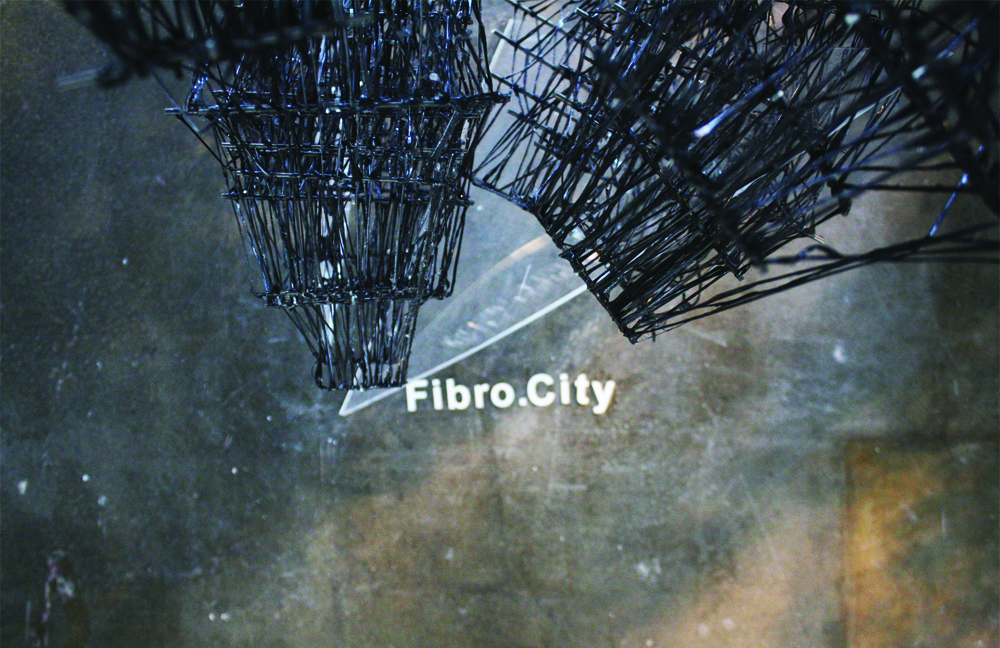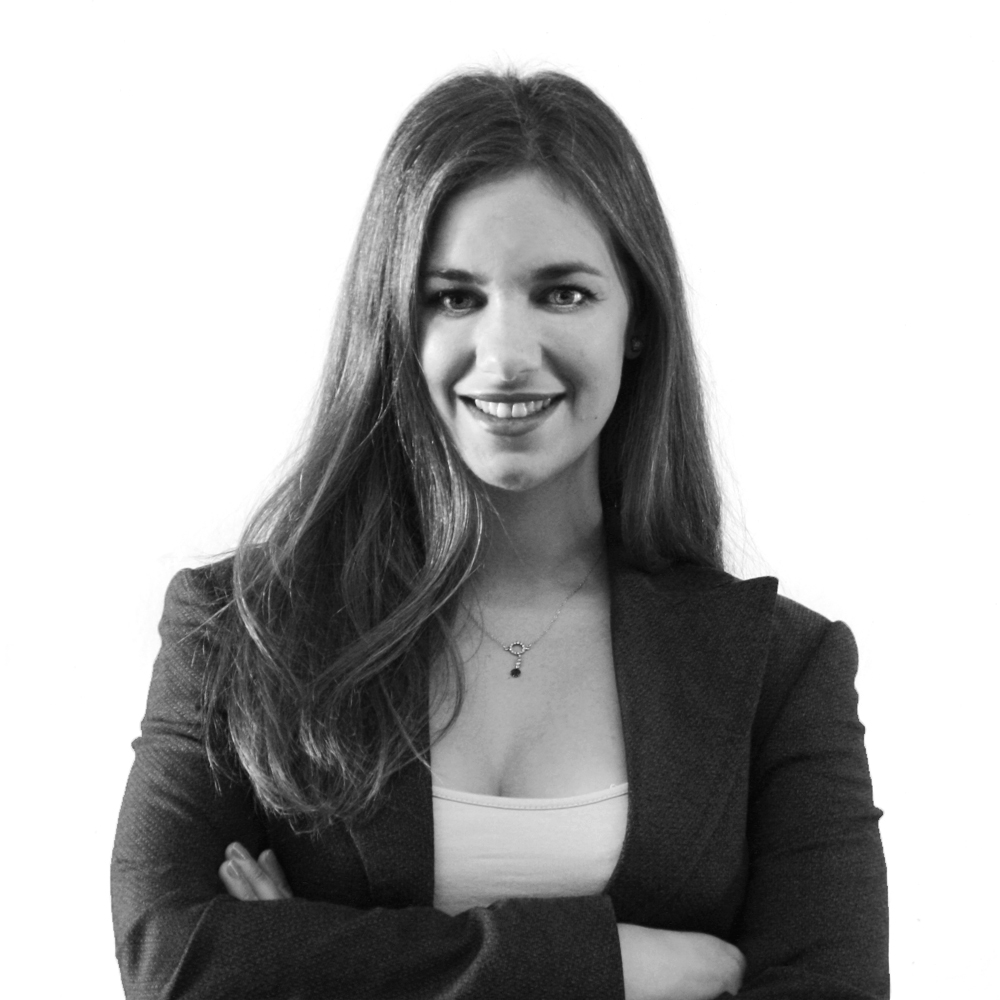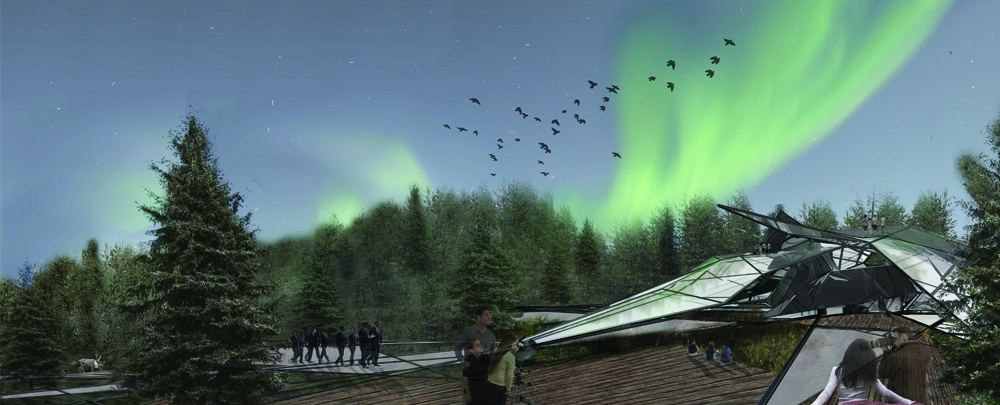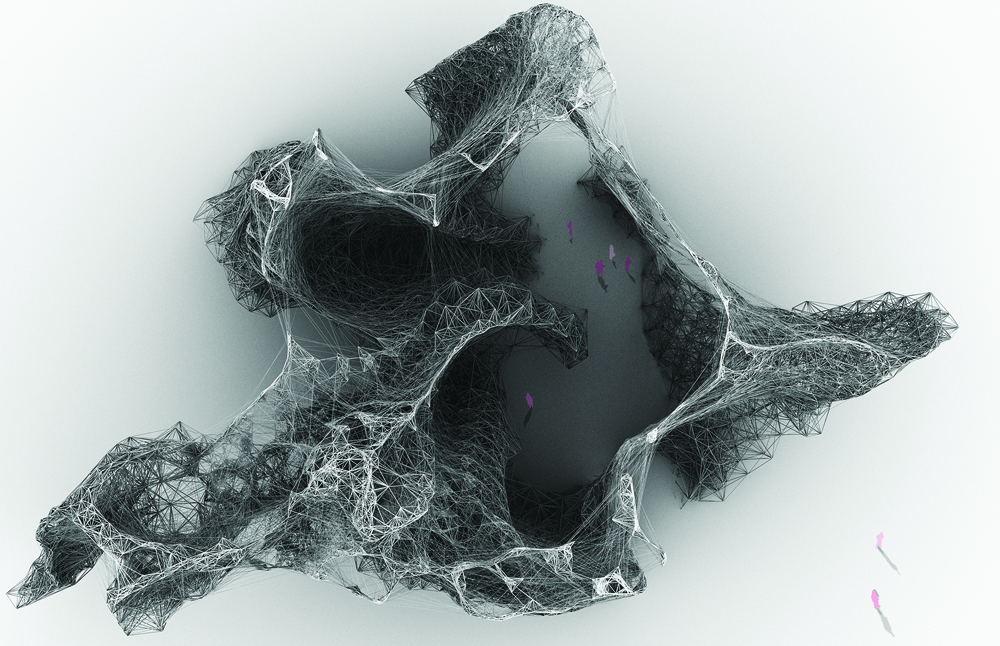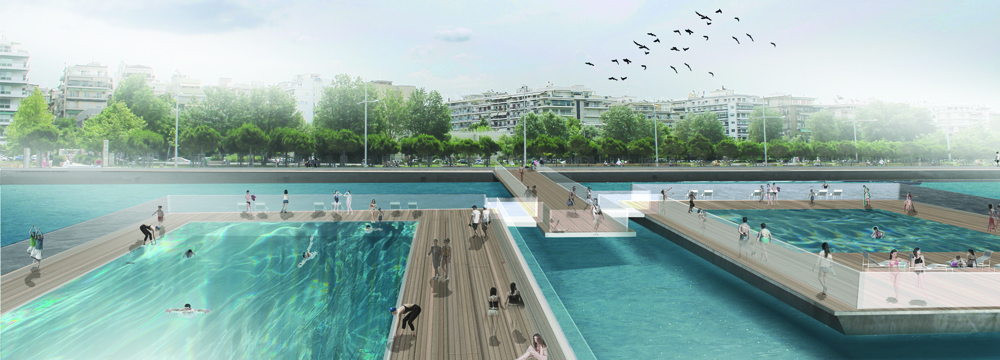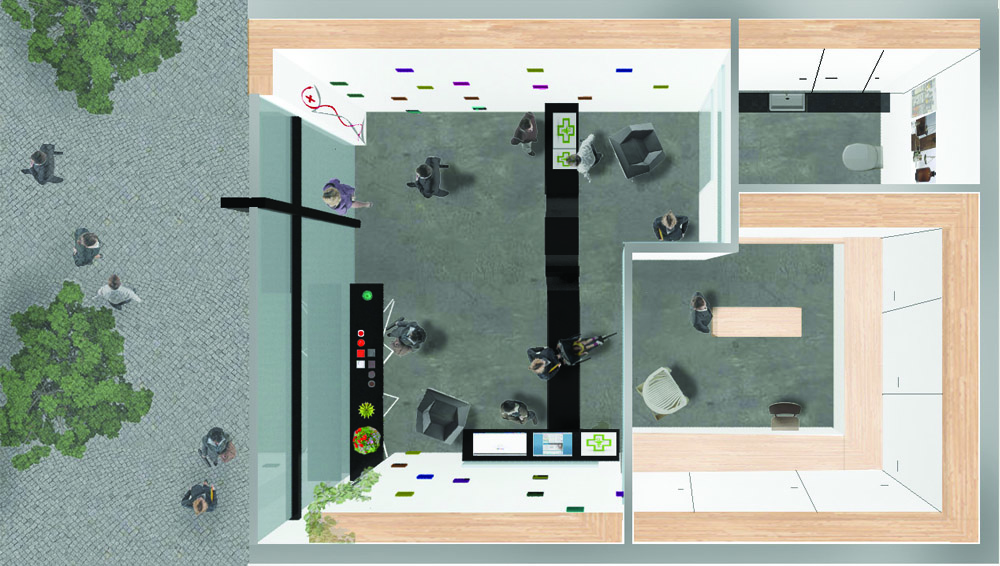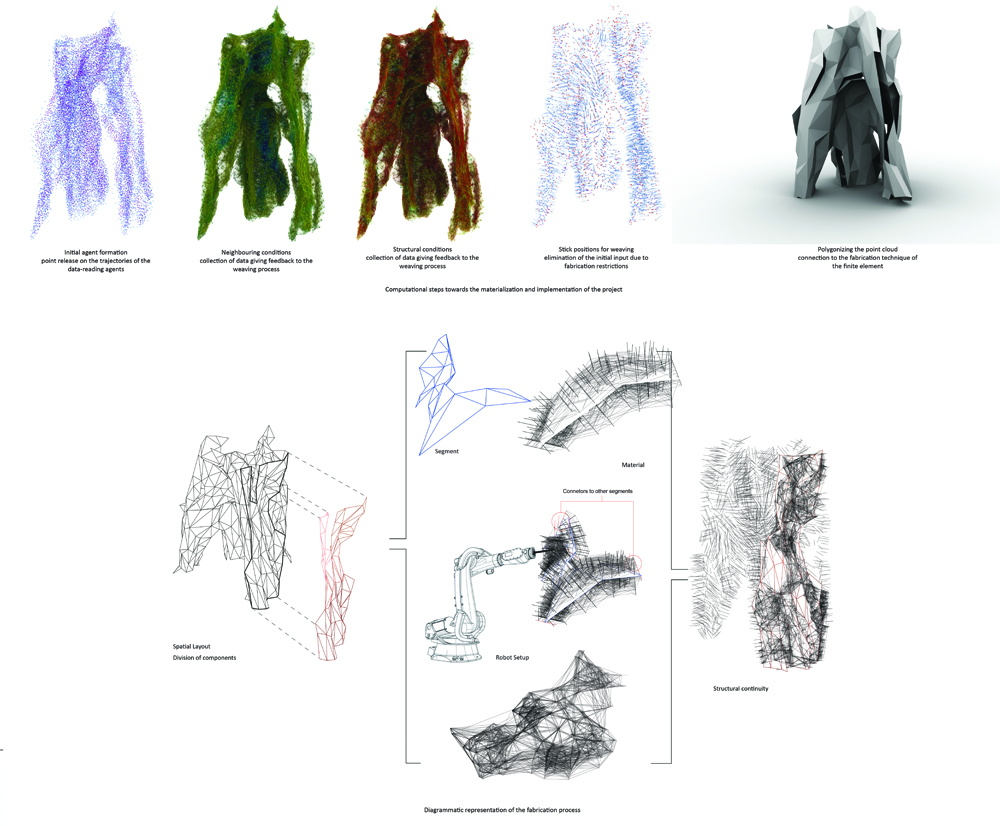Aikaterini Papadimitriou is currently working as a research associate at the University of Stuttgart, Institute of Computational Design. Her research relates to fibrous structures through robotic fabrication, sector that triggered her mind during her Master Studies at UCL, The Bartlett. Her project, FibroCity, got the Peter Cook Prize on 2014.
#1. Describe your architectural background with a few words.
My architectural studies began at the Aristotle University of Thessaloniki from which I graduated on 2012. My aim during my studies was to collect experiences through learning foreign languages, attending lectures and workshops but also through travelling. I got to know different educational systems and architectural approaches during my Erasmus studies at UCL(universite Catholique de Louvain) in Brussels, as well as during my visit at MIT (EduTrip). My Diploma Thesis, EsCave, in collaboration with Dimitris Kapsalis and Prof. Papakostas George, managed to get in the European Landscape Biennial International Exhibition, University Projects and simultaneously got shortlisted at the OBA12 ArchMedium Competition. After my graduation, in collaboration with Prof. Papakostas and the Hyperwerk – Institute of Postindustrial Design, in Basel, we developed the project EnterViews on Crisis. During the same period, I was working for Mr Nikiforidis and Mr Cuomo at Thessaloniki on various-scale projects. London was the next step in 2013, where I attended in UCL the March GAD program, currently called WonderLab, part of the B-Pro initiative. Alisa Andrasek, Daghan Cam, Mario Carpo, are only few of the people who contributed on FibroCity`s success, and its recognition with the Peter Cook Award for outstanding work, from Peter Cook himself. Next chapter starts at the University of Stuttgart, on summer 2015, where I currently work as a research associate and doctoral candidate, at the Institute of Computational Design, having Prof. Achim Menges as supervisor. My research deals with genetic algorithms, fibrous formations and robotic fabrication. Expanding the perception of reality through diverse type of triggers creates a more complete idea of what architecture is in terms of both reality and research.
#2. After your graduation, how did you make up your mind on your next step it?
What was it about? Right after my graduation I decided to take some time off in order to investigate on my choices. I was already aware that I was not done with all that I wanted to know on the architectural territory, thought I believe that it`s quiet difficult to answer and end up this continuous learning process. I always believed that our profession holds two speeds. From one hand, architecture as we perceive in everyday life, products, buildings, cities. My perception about architecture is that architects are the directors- scenographers of people`s lives. On the other hand, there is the architectural research. Research that aims towards the impossible, through out new technologies, new materials, new morphologies and interesting approaches. Research that invents. In that spectrum, my `gap` year was much more fruitful than I thought, and it turned to be the best opportunity for me. I collaborated at the project EnterViews on Crisis with S. Bahtsetzis, L. Chatziiakovou, C. Savvidis etc. Aproject more theoretical rather than a design project, but it was getting together the architectural perception, thoughts about crisis and life in the city all in an equilibrium, in order to create options out of critical situations. In the same period I had the chance to work with mr, Nikiforidis and Mr Cuomo, managing to implement theories and techniques I was taught and watching those becoming a reality. Simultaneously, I was individually taking part in competitions, being registered at the Technical Chamber of Greece and filled my application for March GAD in London. Not only the reputation of the university, the program itself, but London as a metropolitan city as well, along with my enthusiasm to experience the type of life and working conditions of another place was making me being sure for my decision.
#3. What were the difficulties you encountered and the opportunities that came along with your choices?
Every change embeds an element of danger, a risk that you are called to get and confront its effects. I strongly believe that the personality of each individual defines how he-she reacts. Personally, I prefer to confront any type of challenge with optimism and as an opportunity for `self-empowerment`. Both, difficulties and opportunities that I encounter(ed) deal with the human factor. I find it extremely difficult being away from people that you love, and be absent on important events of their lives. We are lucky enough that technology helps a lot, since communication can be instant, as well as air services increase rapidly. I know that, it will never be the same, but adjusting to the new facts can be actually fun! On the other hand, due to this ever changing home place situation that I am lately, I managed to meet exceptionally great people. Depending on the relationship that is getting developed, you can end up having (at least) a home in every continent, collaborations that lead to prizes, lifelong friendships or just a cool idea for your next step/ project! Enjoy it!
#4. What is your current occupation and in what way is it an asset to your professional life?
Is it close to what you imagined architectural practice to be? Since June I moved in Germany, where I am working as a research associate being a doctoral candidate at the Institute of Computational Design, University of Stuttgart. My research and the projects I am proceeding with relate to fibrous formations and robotics towards a new architectural reality. The starting point of this sector in my architectural life, was last year, during my Master program at the Bartlett. Then is when I came across to ICD`s work, which influenced, on some way, FibroCity project. One leads to another, especially through some critics and publications. I have not been under a specific plan to get here, where I am today. It just happened· of course the idea of a PhD at some point was there, but definitely not so soon! Since, it seemed that this though, is following some future plans, I accepted very happily the new reality! Those for now are quite left behind, but definitely this is a part of new arising opportunities. Now, I try to study and write (really helpful for a PhD), about my work. At the same time, I want to keep in touch with the everyday architecture. For this reason I take part in competitions of different scales, and develop collaborations for individual projects. So far, I am very happy for my choices. All I am doing fulfils me, and since there are a lot of ideas for the future, only positive emotions arise. Being in an academic environment with a strong character of innovation, contributes to the regeneration of my personal perception of architectural potentials.
#5. What piece of advice would you give to someone that would like to follow your steps?
Each of us carves one`s own path. A route which depends on the dreams, on the chances that one has, or those that one has to create. My personal advice is keeping eyes wide open, let yourself get drifted from what arises! Get to know places, people and think everything as it is an opportunity! An opportunity that needs planning, but nothing is impossible! Not having too much concerns of the language or the place one might be! Let one`s self surprise him/her! To be aware that technology is, and will always be, a supporter! To discuss and share ideas and future plans! When ideas get shared they multiply! To pursue being surrounded by creative spirits! Be patient and persistent! Last but not least, enjoy your choices! After all our profession interprets in many facets, and the only thing we can do is to seize it!

